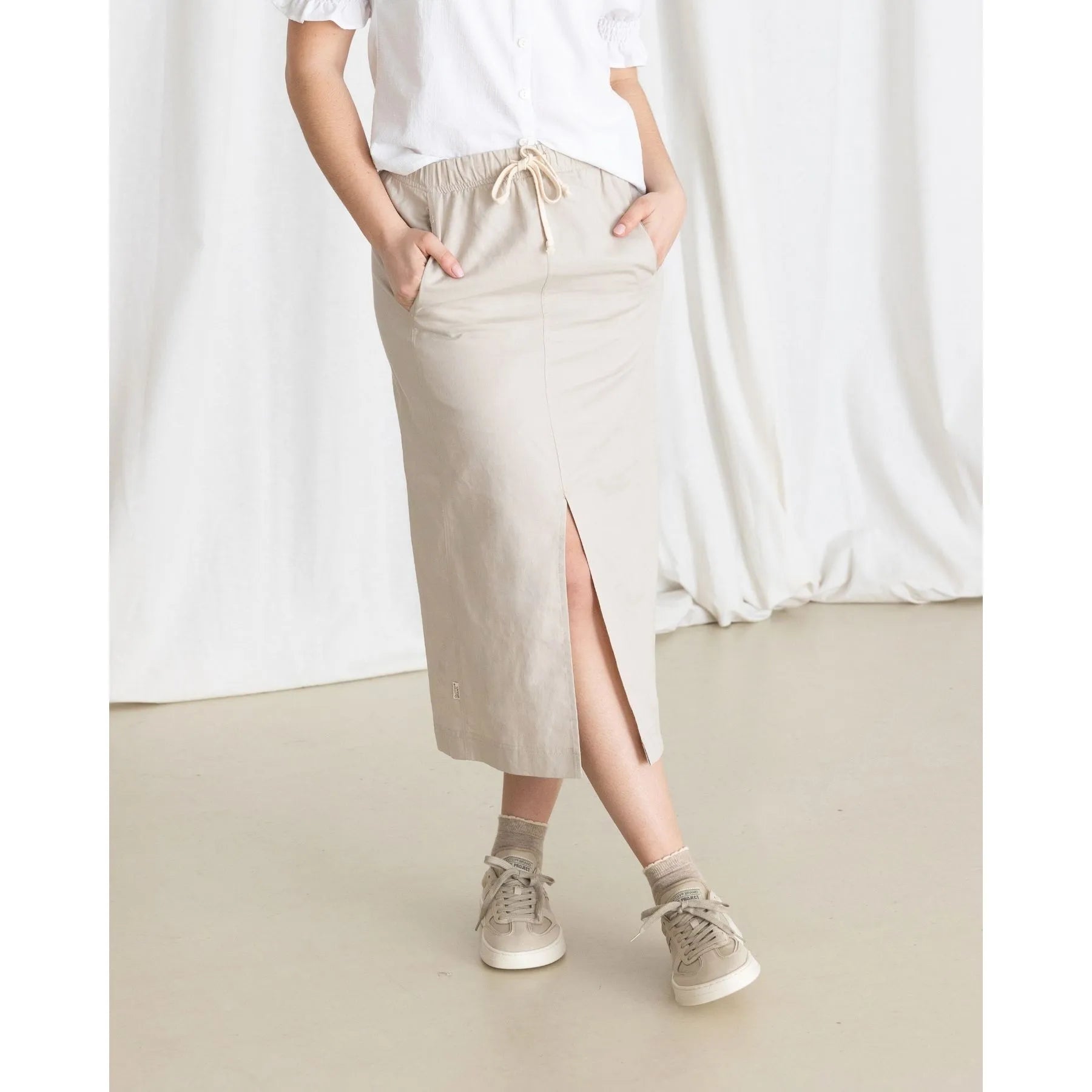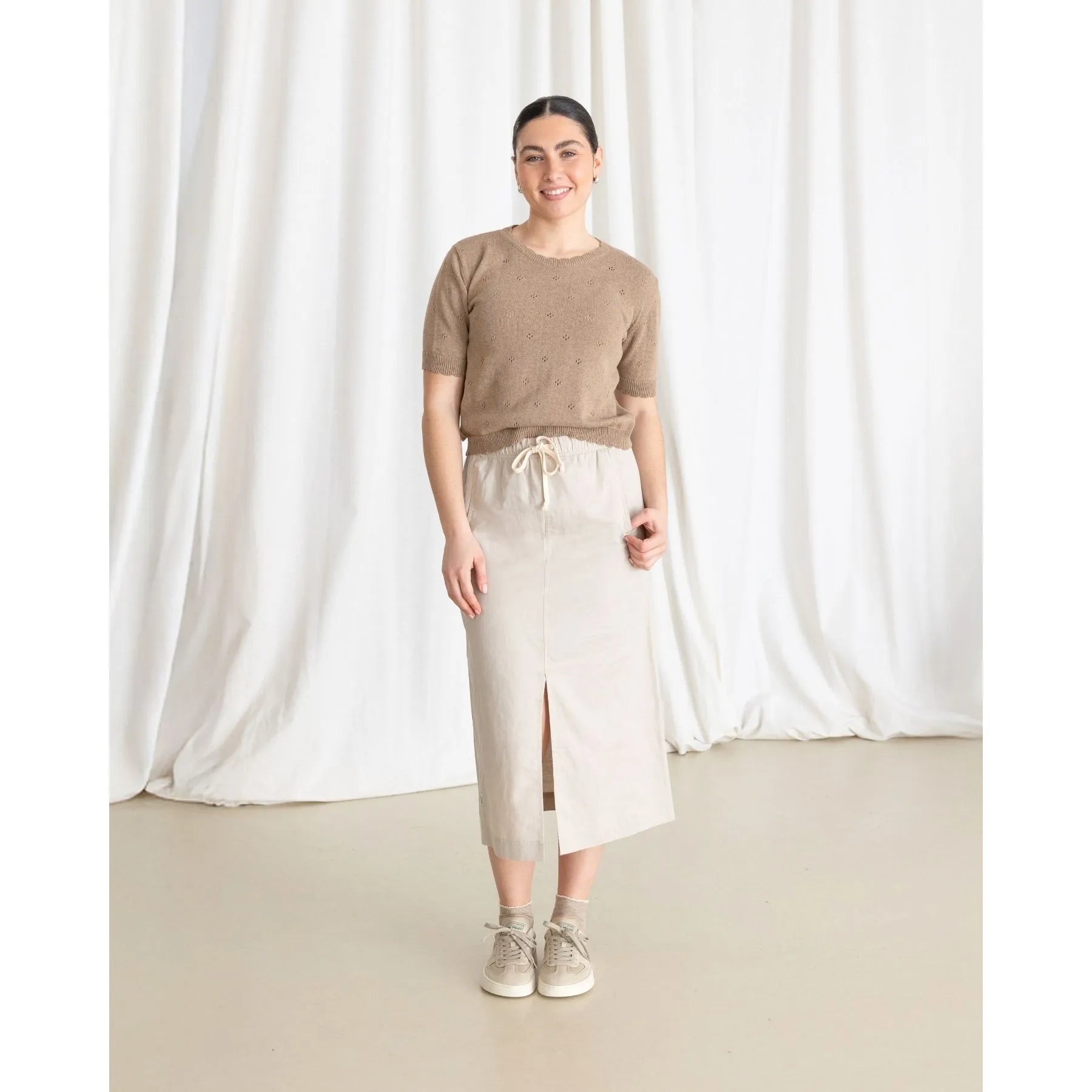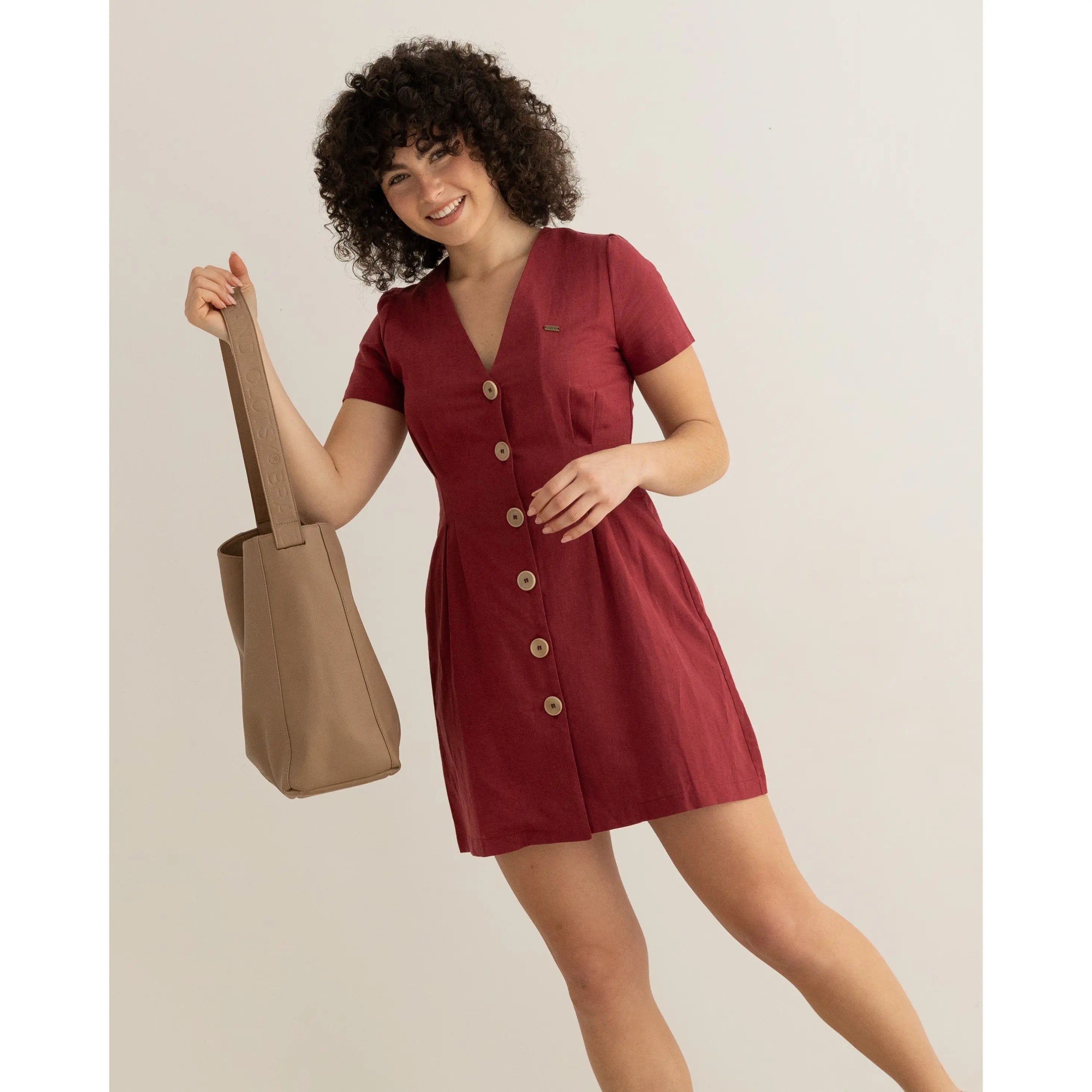Linen fabric is a sustainable fabric known to be ideal for any time of the year, since it is comfortable, light, elegant and breathable. Thanks to all these characteristics, this fabric is one of the most valued. If you want to know more about flax, stay and keep reading!
What is linen fabric?
It is known as a tissue taken from the stem of the flax plant . It was one of the first vegetable fibers to be accepted within the textile industry, since it is a sustainable fabric of great resistance and durability.
If you are interested in learning about sustainability , I invite you to visit our blog.
Origin of Linen
It was made for the first time in Çatalhöyük , in Turkey, approximately in the year 7000 BC. It was also widely used in Ancient Egypt during the 5th century BC, to wrap mummies. Even some of the Phoenician communities also produced linen and it was a key fabric in their Mediterranean trade. And even today, this type of fabric is key in fair trade .
Then, at the end of the 15th century, many painters began to use linen canvas to paint their works and it was not until the 18th century that this fabric became the most prominent fiber in Europe below wool.
Linen Characteristics
- It is considered a sustainable and high-quality fabric, since no harmful chemicals or pesticides are used in its production.
- Evaporates water, absorbs 20% of moisture, is fungicidal and antibacterial. In addition to being resistant to ultraviolet rays. Which means that it will keep you fresh and without irritation on the skin. It is ideal for curtains and bedding.
- It is used for non-absorbable sutures in medicine, since its fiber is excellent for discarding waste from the body. Generally, it is used on open wounds.
- It is much stronger than cotton, so garments made from this fabric are very strong and tend to last a long time. Also, because they contain little elasticity, garments tend to retain their shape.
- It stands out for neutralizing odors thanks to its fibers that fulfill the possibility of suppressing the activity of pathogenic microflora. Completely eliminates proliferation on the skin.
- It can wrinkle easily, so it is advisable to hang the garments and avoid folding them.
- Its price is a bit high due to its production process.
How is the linen fabric?
It is a soft fabric that is part of the classic plain weave , one of the three basic types of ligaments that exist for the production of openwork fabric. In plain weave, the warp and weft are usually exactly the same thickness and are positioned to form a cross-stitch pattern and start weaving.
Linen fabric is a vegetable fiber composed of cellulose, however, it can be mixed with vegetable fibers such as cotton. On the other hand, it is also common for it to be combined with other fibers to generate different appearances and thicknesses of the fabric, but it is important to mention that most fabrics of this type have 100% linen fibers.
Where is the flax sourced from?
This fabric is made up of cellulose and its production begins with the collection of flax stalks . These stems are known to have a woody, reedy interior and a fibrous exterior.
Where is linen produced?
China is one of the largest producers of linen, however the manufacture of high quality linen products is the main objective of culture in various European countries such as Belgium, Ireland and Italy, since they are currently also very important producers of linen.
What can linen be used for?
Linen fabric has various functions in the textile industry, it is present in garments, in household products, as well as in art. Next, we will indicate exactly what its utilities are:
- T-shirts, skirts, jackets, dresses, blouses, pants, among others.
- Sheets, tablecloths, curtains, towels, cushions, among others.
- Canvases for works of art.
- Surgical material.
- Light aviation products.
- Reinforced plastics.
It is important to mention that with linen you can produce absolutely everything that can be done with wool and cotton. In fact, linen is also very popular in underwear, dressing gowns, and nightgowns.
In addition, its resistance and great durability make linen the best choice for bedding.
It is one of the world's best-known textiles and from Ancient Egypt to Renaissance Ireland, various cultures have chosen linen as the best source of fiber for quality household items and garments.
Types of Linen
It is true that all linen fabrics are composed of flax fiber, previously processed and spun, however, there are four types of techniques that produce variations of the same fabric.
Damask linen
It is characterized for being a type of delicate and ornate linen. Its weaving is done on a jacquard loom to obtain a result similar to embroidery. On the other hand, this type of fabric is not ideal for everyday use, but rather it is very common in decorative items.
Loose weave
This type of fabric is super absorbent, but unfortunately it is the least durable, which is why it is very popular in sanitary napkins and reusable diapers.
Plain weave
It is generally used in tea towels, hand towels, and cotton towels, since it is a loose, durable type of weave. Which means you won't have to worry about buying tea towels for a long time.
Linens
It is a fabric with a smooth surface, without texture and a closed weave, widely used in sheets. It is usually a bit heavy and very fresh.
There is also a type of tissue called a scarf, an extremely soft fabric widely used for blouses, scarves, and underwear.
How much is the linen?
There is no set price, but prices range from $5 to $12 per yard. Taking these prices into account, we can deduce that linen is one of the most expensive natural fibers that exist, since it is in high demand for various productions.
How to care for, wash and iron linen fabric?
Washed
- Apply 40º degrees to colored linen.
- Apply 60º degrees to linen without ink or very light tones.
- Hand wash or choose short cycles.
- Choose to dry clean delicate garments.
Drying
- We recommend that you dry all your clothes outside in the sun and without tweezers to avoid leaving marks on the fabric.
Ironing
- It is advisable to iron the fabric slightly damp.
- Thanks to the fact that it is able to withstand heat, you can use temperatures up to 200º degrees.
- You can use starches or products that allow ironing to last a little longer.
Now that you know its characteristics, you will notice that it is a good decision to buy garments made of this fabric and they could not be missing in your capsule wardrobe.
Does linen fabric affect the environment?
The environmental concern generated by flax is its production, due to the release of chemical products that are used during the retting process in the surrounding ecosystems.
Alkali or oxalic acid are the products implemented to detach the flax fibers from their woody stem. Chemical retting is generally much faster and easier, but it is no secret that the components of these chemicals are toxic. Water can also be used for this process , however this adds much more to the price of flax, meaning it would be less affordable for the consumer.
On the other hand, most of the methods that are implemented in flax crops degrade the soil and cause erosion, as well as land expansion into nearby wilderness areas.
In addition, many of the workers in these productions are forced to endure precarious work situations and a salary that is not enough to meet their personal needs.
It is also important to mention that linen is indeed one of the textiles that harm the environment the least , since it is a biodegradable natural fabric. Its molecules are capable of reabsorbing their environment in just a few years and not centuries.
For this reason, at Clotsy Brand we offer you the catalog of sustainable clothing for women from our sustainable brand , where you will find several linen garments.
Conclusion
Linen, thanks to its soft fibers, can offer you a quite pleasant experience, in addition to ensuring great durability depending on the type of fabric you obtain, that is, it is very likely that linen sheets will last much longer than a loosely woven product. , it all depends on the type of linen you choose.
Now, if you want to have linen clothes, don't think twice! You will feel comfortable and super fresh all the time.
I invite you to read the articles lyocell fabric and tencel properties to learn more about other fabrics.














Leave a comment